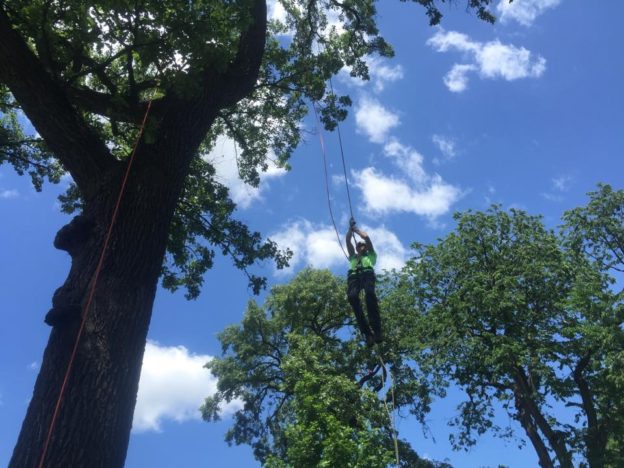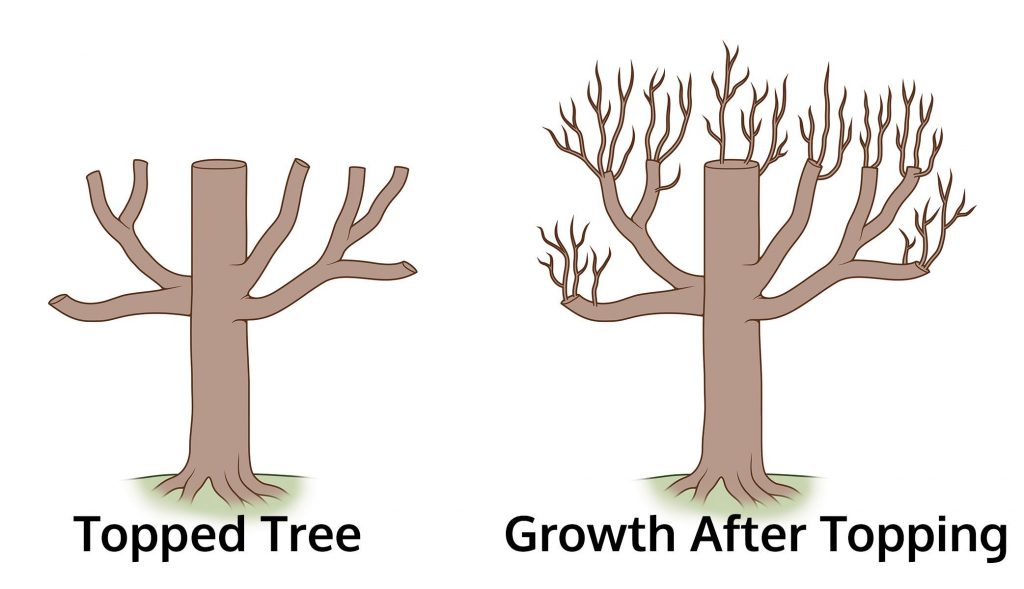Wood Recycling in Springfield MO
Wood is one of the most valuable recyclable materials because it can be transformed into a wide variety of secondary products. All About Trees has a 100% recycle policy on our wood waste from tree removal and tree trimming. We are happy to give away our wood chips to people who can use them, if they have a convenient place to dump a truck full of them. Many of our chips are donated and used in the local tree nurseries.
Many tree services dump their wood and brush into a pile and burn it to dispose of it. At All About Trees, our logs and brush from tree pruning and tree removals are hauled to a site where they are ground into mulch or compost.
This practice costs more in transportation and disposal fees, but we feel the satisfaction of knowing that our wood waste will continue to be used in a practical and environmentally friendly way, and will eventually break down into biological matter.
Recently, we started an exciting new way to recycle wood. We cut down a bunch of old Oak trees and used our new mill to turn those Oak logs into something useful. When we got done we left our customers with a large pile of freshly milled Oak lumber.
Reuse and Recycle!








